Microsoft Word is Lagging When Typing: 7 Tested Fixes
This problem is usually caused by lack of resources
4 min. read
Updated on
Read our disclosure page to find out how can you help Windows Report sustain the editorial team. Read more

If you’re experiencing lag while typing in Microsoft Word, you’re not alone. This common issue can be incredibly frustrating, especially when you’re trying to get work done efficiently. Here are some quick solutions to help you get back on track.
What do I do if my typing is lagging in Word?
1. Run IOLO System Mechanic’s optimization feature
- Go to the dedicated IOLO website and get the System Mechanic software.
- Open System Mechanic from your Start menu.
- Go to the Performance tab from the left.
- From here, you can scan your system for any issues, including eventual problems that may slow your system. Once System Mechanic finishes the scan, you can fix all the issues with a single click.
Using System Mechanic helps by addressing the most common causes of errors and crashes, which can improve the overall stability of Microsoft Word. Not only that, but the software comes with a lot of extra tools that can free up your memory, fixing the typing lag in Word which is most likely produced by lack of resources.
2. Run Microsoft Word in Safe Mode
- Close Microsoft Word completely if it’s open.
- Press Win + R on your keyboard to open the Run command box.
- Type winword /safe and press Enter.
- Microsoft Word will open in Safe Mode, without add-ins. Create a new document and see if the lag persists.
- If the lag is gone, it indicates that an add-in might be causing the issue.
- To disable add-ins:
- Open Word normally and go to File > Options.
- Select Add-ins, then click on the Go button next to Manage COM Add-ins.
- Uncheck all the add-ins you want to disable and click OK.
- Restart Word to see if the issue is resolved.
Running Word in Safe Mode helps identify if add-ins are the cause of the lag. If the lag is gone, you can disable the problematic add-ins permanently.
3. Remove the Default Template file
- Close Microsoft Word.
- Open File Explorer by pressing Win + E.
- Navigate to the following folder (replace YourUsername with your actual user name):
C:\Users\<YourUsername>\AppData\Roaming\Microsoft\Templates - Find the file named Normal.dot or Normal.dotm, and delete it or rename it (e.g., to Normal.old).
- Restart Microsoft Word.
Deleting the default template file can resolve issues caused by corruption. Word will create a new default template file upon restarting.
4. Turn off hardware graphics acceleration
- Open Microsoft Word.
- Go to File > Options.
- Select the Advanced tab.
- Scroll down to the Display section.
- Check the box next to Disable hardware graphics acceleration.
- Click OK to apply the changes.
Disabling hardware graphics acceleration can improve Word’s performance, especially on computers with limited hardware resources.
5. Clean up the Temporary files
- Press Win + R to open the Run command box.
- Type cleanmgr and press Enter.
- Select the drive where Windows is installed (usually C:).
- Click OK and then select the Temporary files option.
- Click OK and then Delete Files to clean up the temporary files.
Cleaning up temporary files can free up system resources and improve the performance of applications, including Word.
6. Optimize your documents
- Open your document in Microsoft Word.
- Remove unnecessary macros by going to View > Macros > View Macros, selecting the macro, and clicking Delete.
- Compress images by selecting an image, going to the Format tab, and choosing Compress Pictures.
- Select the desired resolution and click OK.
Optimizing your documents by removing macros and compressing images can reduce the processing load and improve performance.
7. Repair Microsoft Office
- Open the Control Panel by pressing Win + S and typing Control Panel.
- Go to Programs and Features.
- Select Microsoft Office from the list and click Change.
- Choose the Repair option and follow the on-screen instructions.
Repairing Microsoft Office can fix any corrupted files or settings that might be causing performance issues.
By following these solutions, you can identify and resolve the lagging issue in Microsoft Word, ensuring a smoother and more efficient experience. To prevent future lag, regularly update your software and clean up temporary files.
If the keyboard has a lagged response in any application, click the highlighted link for more solutions. We also have a helpful guide if the keyboard is typing the wrong letters.
Did your guide help you with Microsoft Word lagging when typing on your keyboard? Let us know in the comments below.




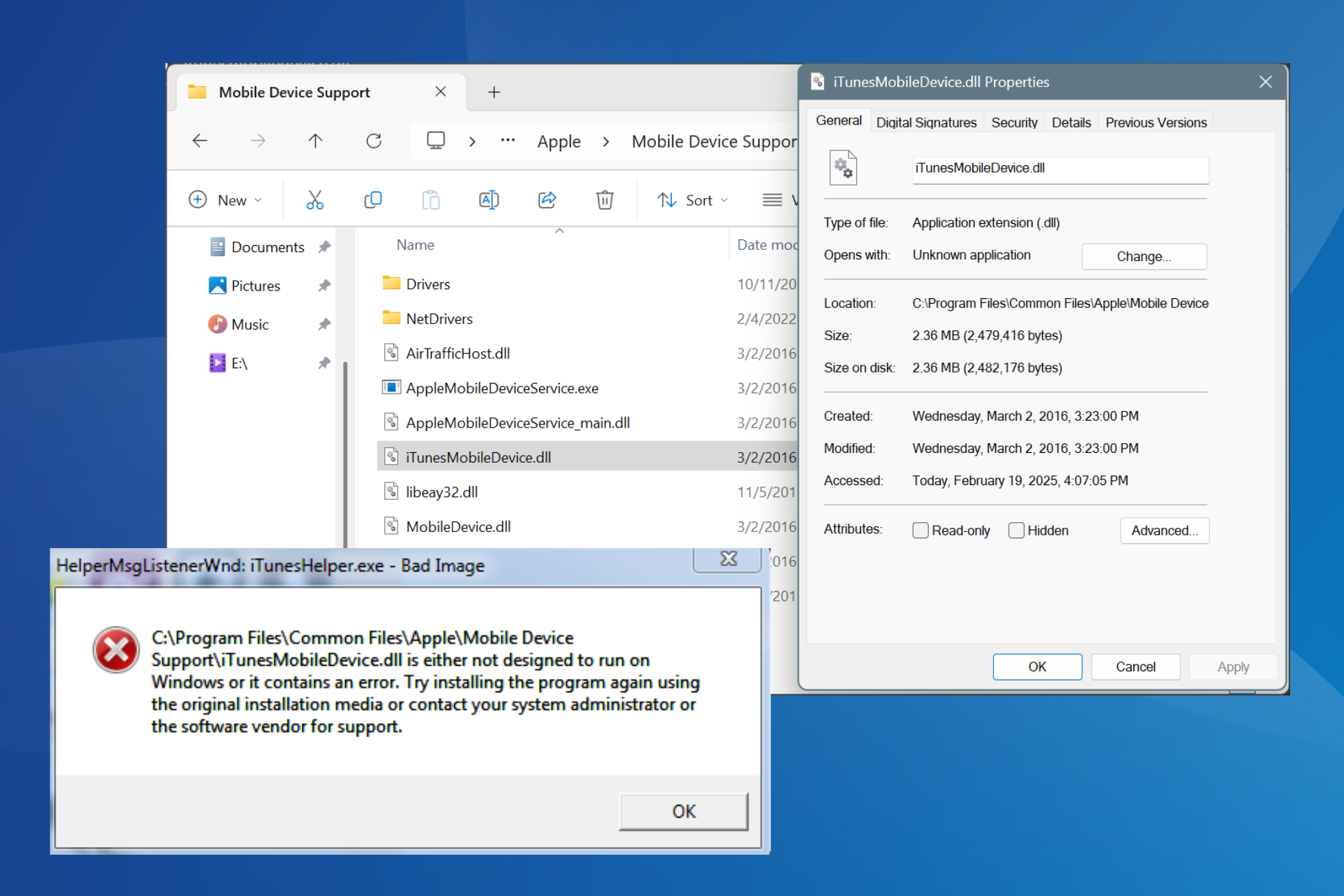
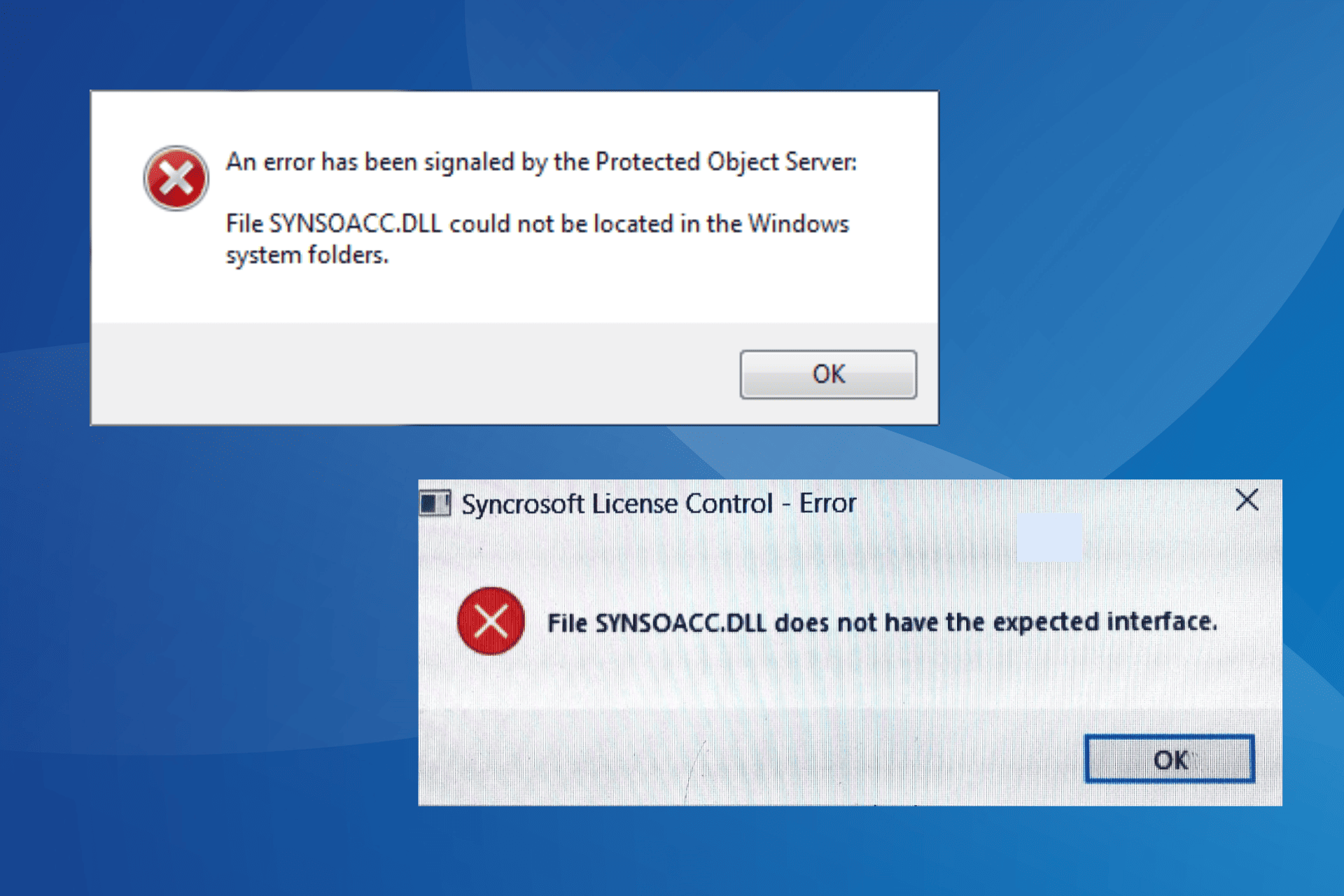

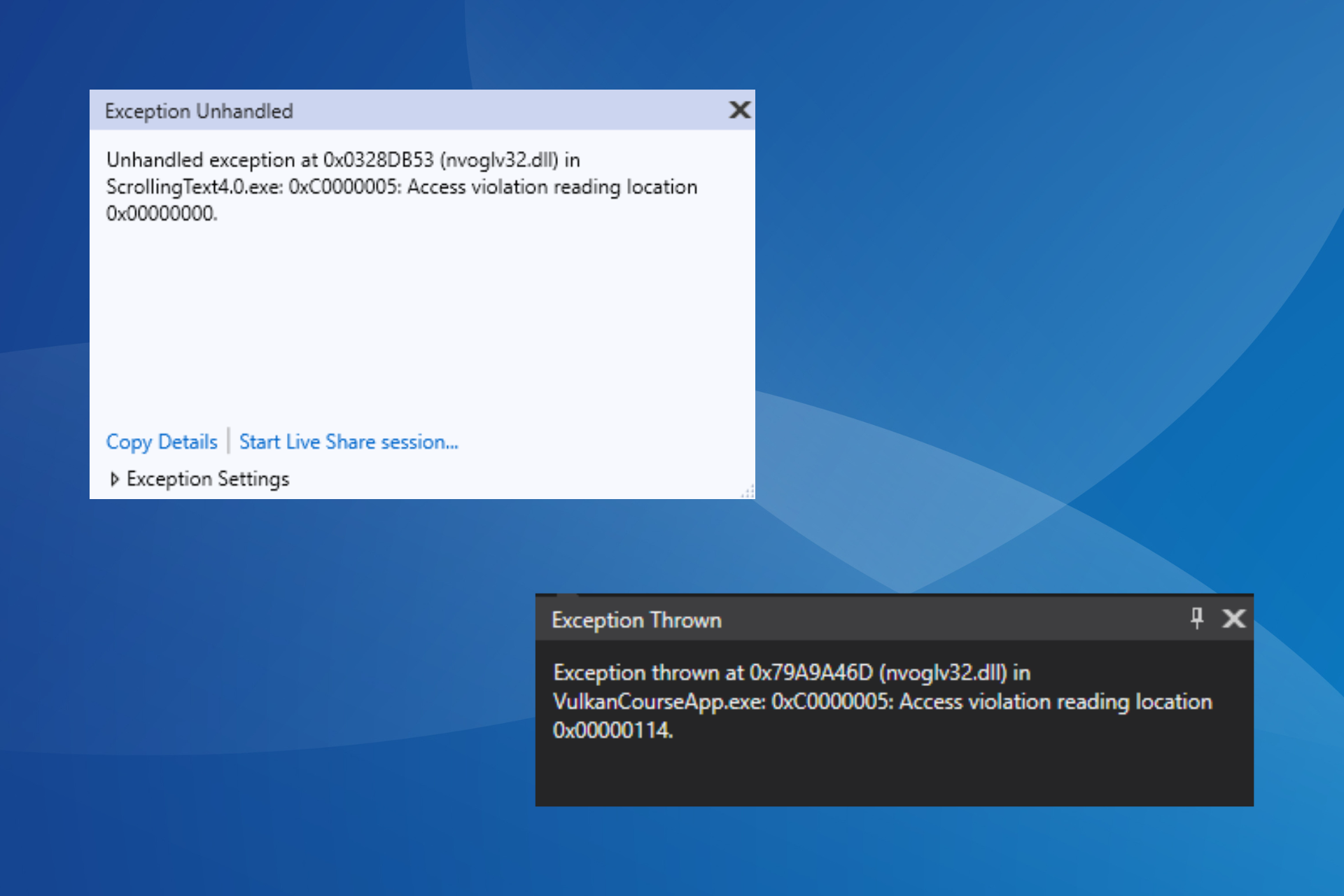
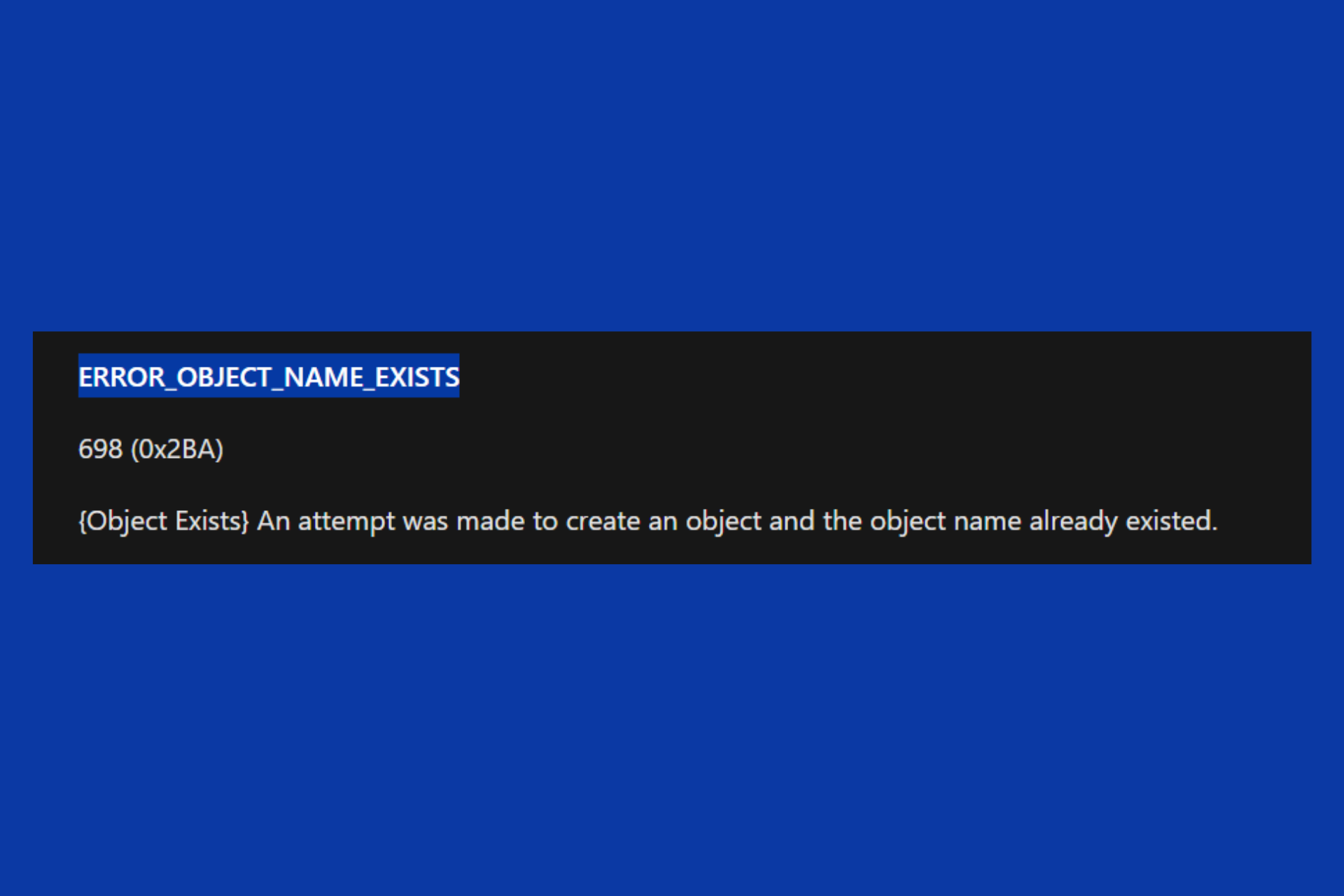
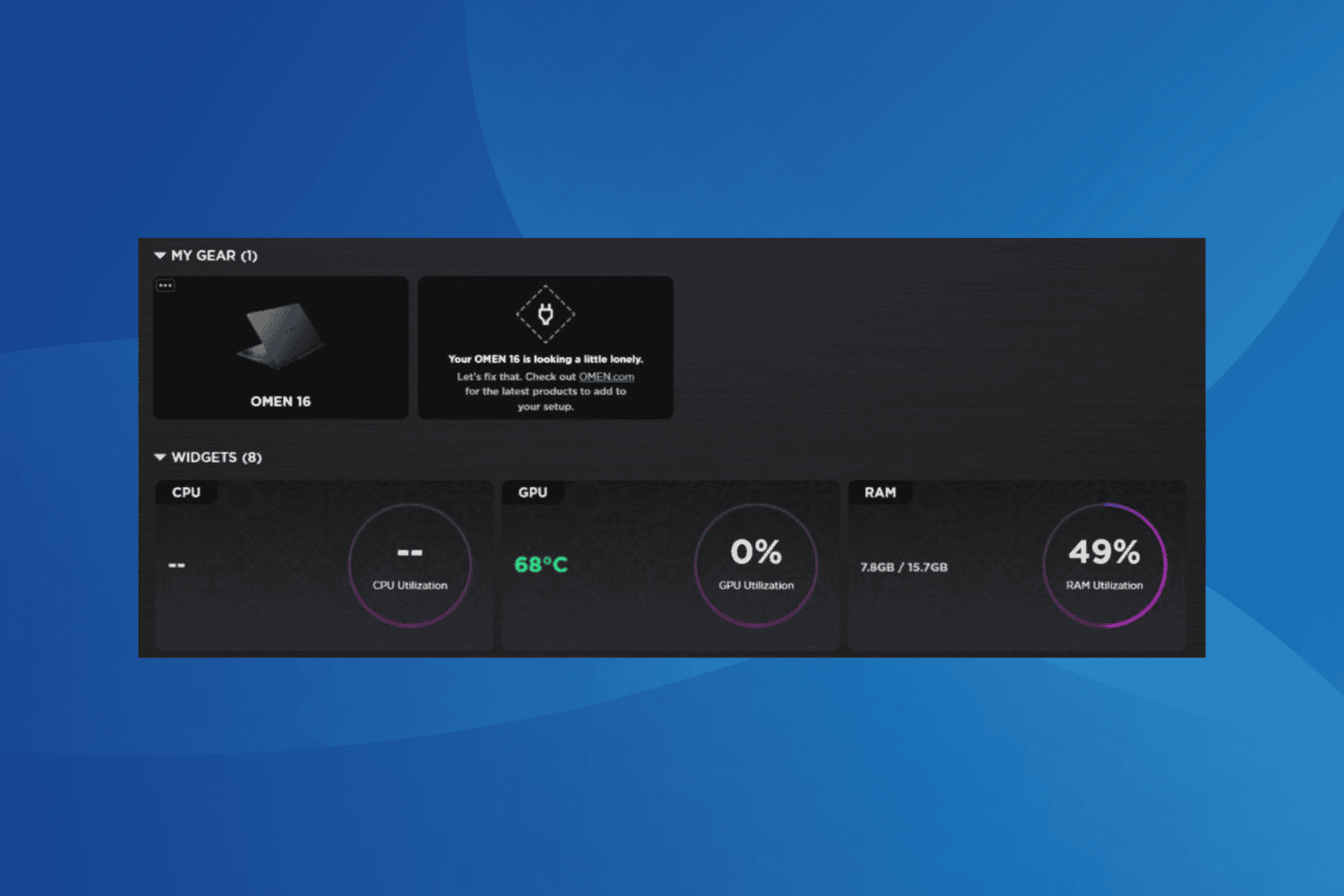


User forum
0 messages